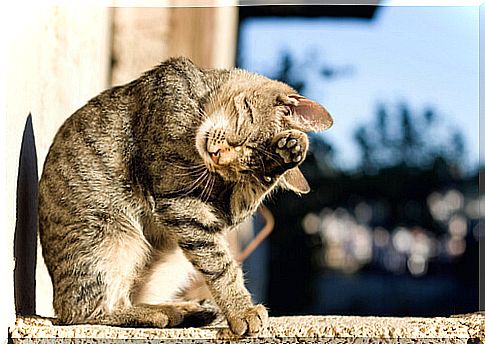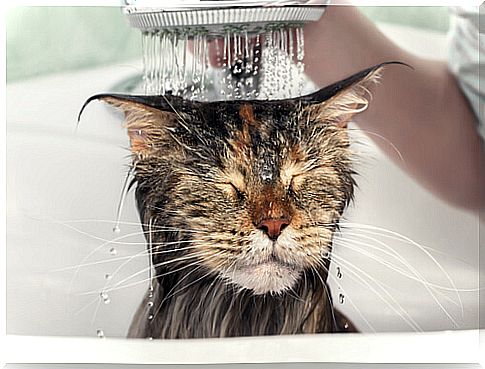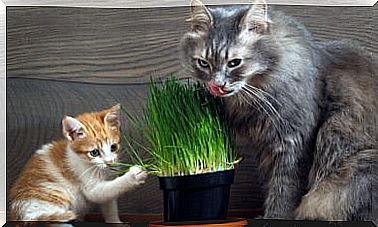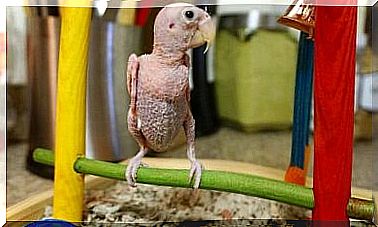Did You Know That Cats Are Washed In A Specific Order?

Cats are attention-grabbing animals for various reasons. For example, when they wash themselves, it is very curious to see that they follow a series of specific steps, in such a way that what seemed to be a simple daily grooming gesture, turns out to be a real ritual.
The purpose of this practice is multiple, because in addition to contributing to the elimination of tangles and dirt, it helps to extend the natural sebum of the skin, thus maintaining the health of the coat.
So, no matter how clean a cat may be after its bath, it will go through its licking routine, and will even lick itself several times a day.
There are those who worry a bit about this gesture, since they consider that the cat could be nervous. However, it is interesting to know that, when it comes to emotional state, when cats are regularly washed, this is an indicator that they care about their appearance and that they want others to see them in good condition. So much so, that when two or more cats live together they groom each other out of affection.
Cats wash in order
Just as each person has their own daily grooming routine, each cat has its own ritual, established based on their own comfort or simply what is best for them.
However, most of them share the same procedure, which is rarely altered.
First, they moisten one of their front legs to rub the head, including eyes, ears, cheeks and chin with it. They will then do the same with the other leg to clean the opposite side, which they could not reach with the other leg.

Then cats go to lick the neck, forelimbs, flanks and abdomen. This is the section that can vary the most between some animals and others, but in general it tends to follow a descending order. Finally, they proceed to wash the belly, the genital area, the hind legs and the tail to its most distal end.
The time spent in each area or the frequency of licking depends on each animal. However, there are cases where this practice becomes compulsive behavior and the help of a veterinarian or ethologist may be necessary.
When the cat tends to groom itself too frequently, it may be that it is experiencing moments of tension, stress, or fear, so the feline resorts to a ritual to stabilize itself emotionally.
This type of obsessive behavior must be treated, not only for the mental health of the cat, but because it can end up becoming skin lesions, such as abrasions or local alopecia.
Licking does not replace washing
Although cats wash daily, their saliva is not enough to remove possible dirt and even more so if they spend long periods outside the home. Therefore, even if it is spaced, it is important that the owners carry out a more thorough cleaning of their pet.

Cats generally dislike water, so bathing them can be an unattractive experience. To facilitate hygiene, there are dry cleaning foams that can be purchased in specialized stores. Its use, together with adequate brushing to remove possible knots, dust and hair, may be sufficient in cases of little or no contact with the outside.
However, in those situations in which the animal frequently escapes, especially in winter, a bath with soap and water will be necessary. In these cases, the owners must show patience, care and pampering towards the animal permanently so that it is not an unpleasant procedure for both.









